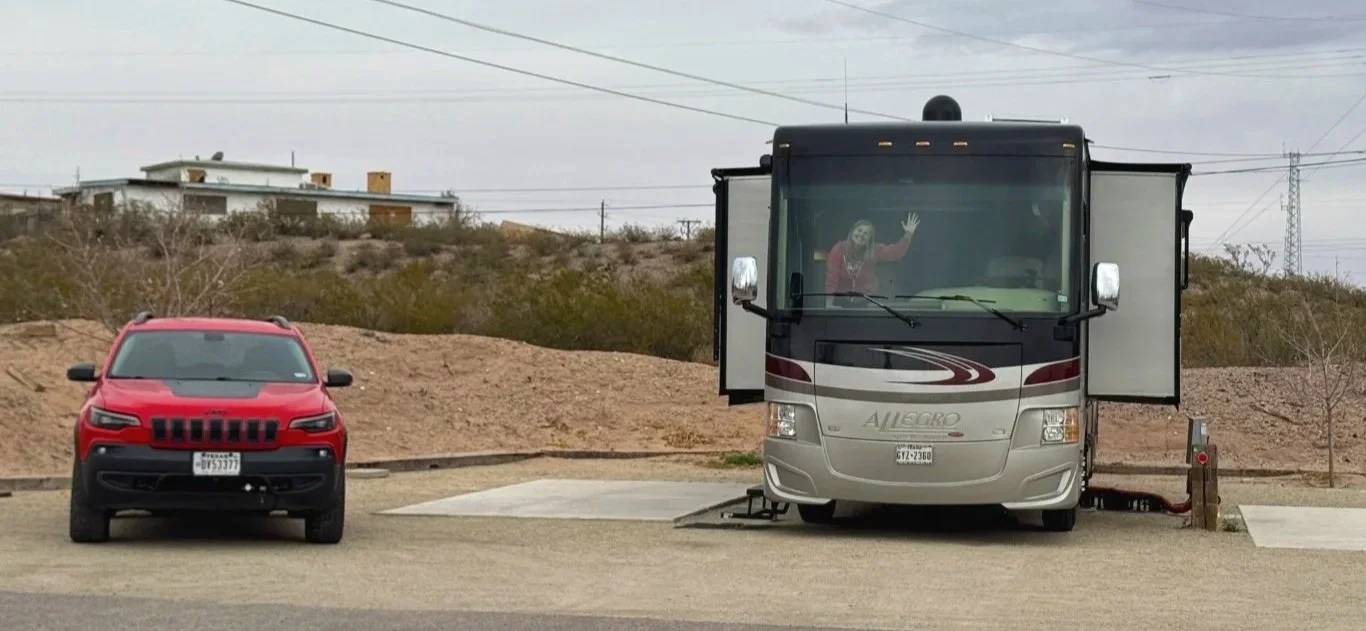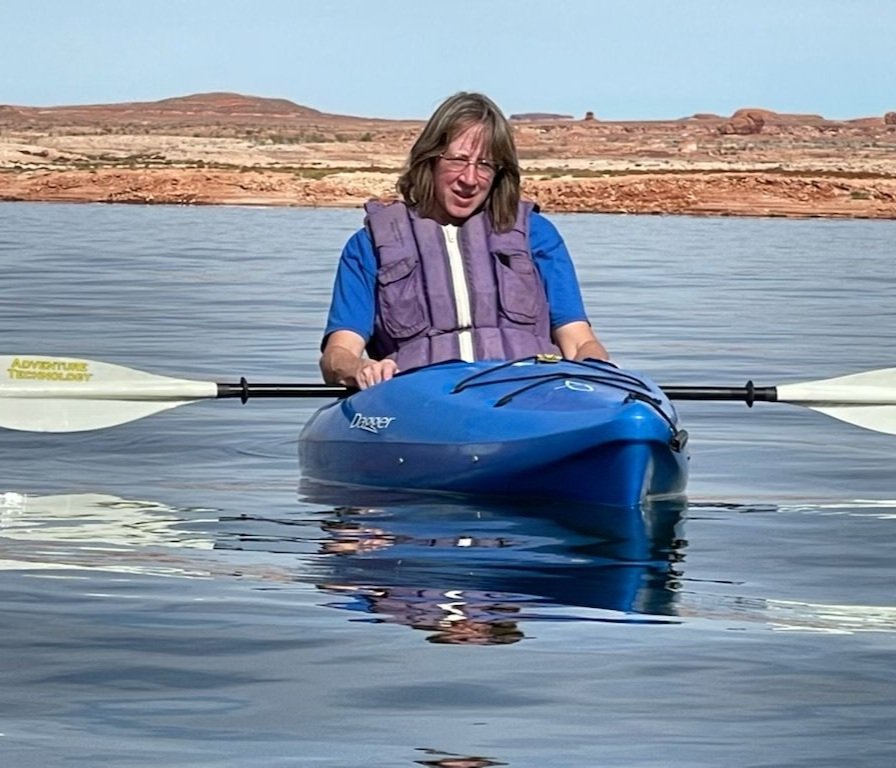How to Weather a Storm in Your RV
Ah, RVing. Nothing like the freedom of hitting the open road, packing your worries away in the cargo hold and taking a much-needed break from everyday life... until you get caught in an unexpected storm! Don't worry – we've compiled some tips to help you weather these storms both figuratively - and literally - so that you can continue on your adventure as smoothly as possible. So put on your rain slicker and join us for a closer look at how to bravely face wind, rain, and anything else Mother Nature throws your way!
tips to weather a storm in your rv
Stay on Top of Maintenance
When the wind and rain pick up the last thing you want see is rain dripping on the inside of the RV. Proper roof maintenance will keep you warm and dry during your next rain storm. Other maintenance considerations for poor weather are tires and windshield wipers in good working order.
Get Off the Road
If you find yourself driving in bad weather, the best thing to do is to get off the road and wait until the storm blows over. Take advantage of your home on wheels where you can stay warm and dry.
Stay Tuned to Local Weather
Pay attention to the weather that is headed your way via a weather app, weather radio, or TV. There are many weather apps you can use on the road such as The Weather Channel, Windy, My Radar, Weather by WeatherBug. We have an entire spreadsheet of helpful apps for RVers that you can download. You will find them HERE.
It is also good to know what kind of weather you might encounter where you are going. Summer in the south and Midwest can produce tornadoes. South Dakota and Colorado frequently see hail during in the summer months. Hurricane season is June through November so be mindful of that if you are planning trips to Florida or the Gulf during this time.
Secure Outdoor Items
Pack up chairs, tables, grills, bicycles, and other outdoor gear so they won’t blow away. Loose items can damage your RV, as well as other rigs in your campground. Don’t forget those awnings and any open windows.
Emergency Shelter
I spent some time in Arkansas when we first started living in our RV. My husband was out of town and some severe weather was set to come through. I was blessed with wonderful neighbors who let me know that they would be knocking on my door if we had to head to a nearby shelter. Luckily, we didn’t have to go but I didn’t get much sleep between checking the news and feeling my RV rocking throughout the night.
When you check into a campground they should let you know the location of their storm shelter. Be sure to ask if they fail to mention it.
When to Get Out of My RV?
If you are listening to the local weather, you should be up-to-date on what storms are coming through your area. Know that when a watch is issued, it means that conditions are favorable for bad weather to form. It means you should pay close attention to the weather.
When a warning is issued it means that a severe thunderstorm or a tornado is imminent. When the National Weather Service gives a warning, it means that you should take shelter immediately.
Keep a go bag at your door so you are prepared in the event you need to seek shelter.
Wind
It is said that most RVs can withstand wind up to 75 miles per hour without tipping over. I don’t think I would want to put that to the test. However, if you are in an area where high winds are likely, there are several things you can do to help stabilize your RV.
Deploy your stabilizers.
Make sure the RV is level with the weight distributed evenly.
Position your RV so that the wind gusts are not striking it broadside. The ideal position is to have the RV pointing straight into the wind.
Hitch your travel trailer or fifth wheel to your tow vehicle and point both in the direction of the wind. The combined weight should act as a stabilizer.
Retract all awnings and slide-outs to minimize the outer footprint of the RV.
Close all vents and windows.
Avoid parking under trees with large limbs or branches that could fall on and damage your RV.
Winter/Freezing
As RVers, many try to avoid freezing or winter-like weather. At least with winter storms, you get some advanced notice if you watch your weather app. Also, if the temperature dips below freezing, you might be ok. It takes some sustained sub-zero temps to cause your pipes to freeze.
We were in Utah in October of 2021 and learned that a big snow storming was coming. We don’t like to drive at night but decided to get out in the evening before the snow hit. We had some mountain passes to go through to get further south which solidified our decision. We left, headed south, and avoided about a foot of snow.
If you can’t get away, these tips may help keep your RV from freezing and cracking.
Run your furnace. This will help keep your tanks from freezing and cracking. Make sure you have enough propane to get you through the cold snap.
Open cabinet doors where pipes are located.
Apply heat tape to exposed RV pipes and hoses or purchase a heated hose.
Skirt your RV if you plan on being in a colder climate for a longer period of time.
Close your tanks.
Cover your water spigot with a plastic barrel or other covering and put a light underneath. This should provide enough heat to keep the water from freezing at the spigot. Check to see if your campground will provide the covering.
Purchase temperature sensors so you can keep track of the temperature in your bays and near your tanks.
Hail
Hail is one weather phenomenon that you probably will get little warning about. If you are visiting an area that gets frequent hail, you may want to do some things that could help in a hail event.
Ensure your RV insurance covers hail before you have damage.
There are RV covers that will protect your stored RV from hail damage.
Replace your skylights and roof vents with after-markets covers that will protect you better than standard factory coverings.
Secure blankets, sleeping bags, foam, or an air mattress to your skylights for protection if you have time. These can mitigate the damage and keep water from entering your RV.
Weather the Storm in you RV wrap up
While you’re certainly not looking for bad weather, having the peace of mind knowing that your RV can be prepared for anything life throws at it is invaluable. Taking the time to properly prepare an RV for a storm is easy! A few common-sense steps will make sure you and your belongings are safe during inclement conditions. So enjoy the road and stay safe out there!
GET MORE TRAVEL IDEAS, TIPS, UPDATES, DISCOUNTS, PERKS, AND MORE!
Every Saturday, Phil & Stacy publish the You, Me & the RV Newsletter, where they share weekly articles about all things RV and travel. Each week they scour the internet for articles that will inspire and inform you. They also share discounts, sales, and freebies! So don’t miss out! Sign up for the newsletter below.
Recent blogs
About the Author: Terri Nighswonger and her husband, Todd, are well-traveled RVers and work campers. They've work camped from Maine to Arizona with their Cavalier King Charles Spaniel, Newton, and their Minnie Australian Shepherd, Remi.
They love Arizona, where winter coats are a thing of the past. They plan to enjoy the west for a while. Writing is Terri's passion, but she also loves hiking, kayaking, walking her dogs, and anything she can do outdoors.











